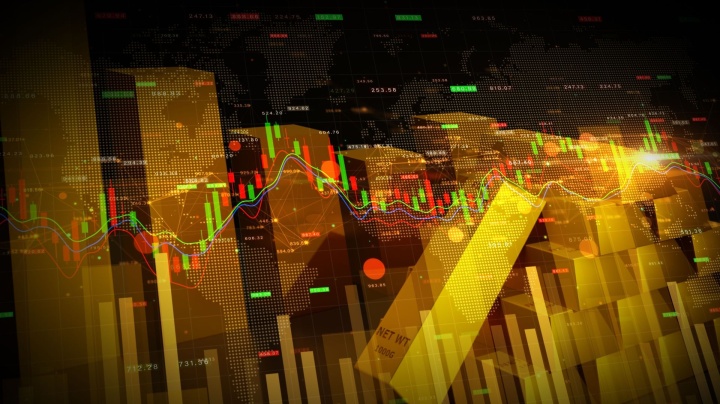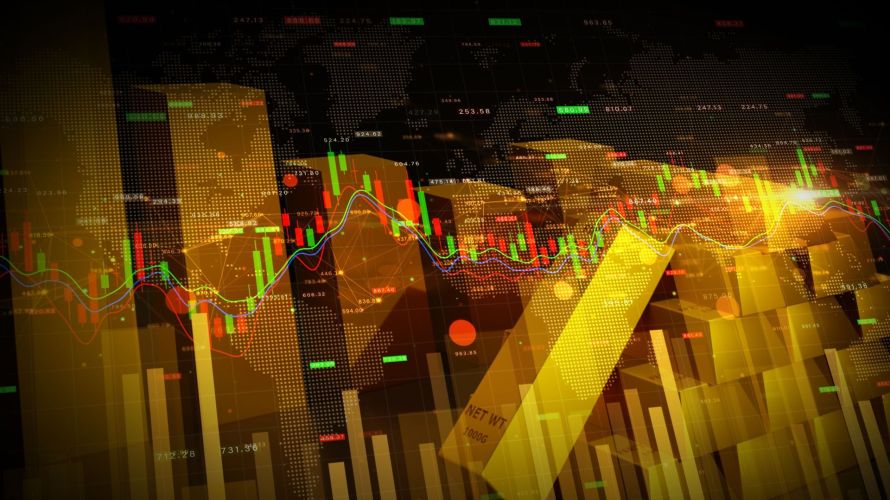
Currency risks will drive gold and silver sky-high by year-end – BMO Capital Markets

While gold and silver prices may continue to consolidate in the near term, the rally in the precious metals sector is only getting started, according to commodity analysts at BMO Capital Markets.
In a report published Wednesday, the Canadian bank announced a significant upgrade for its gold and silver price projections for the next three years, with the high-water mark in the final quarter of 2024. The bank’s commodity analysts see gold prices averaging this year around $2,169 an ounce, up 11% from its previous forecast.
At the same time, they see gold prices averaging next year around $2,100 an ounce, a 12% increase from December’s estimates. Gold prices are expected to average around $2,000 an ounce in 2026 and $1,950 in 2027, an increase of 8% and 3%, respectively from the December estimates.
Looking at silver, BMO sees the white metal averaging around $25.60 an ounce this year, up 13% from the December forecasts. The price is expected to average around $25.30 an ounce next year, up 11% from the previous estimate. Finally, prices are expected to average $24 in 2026 and $23.50 in 2027, an increase from the previous estimate of 8% and 3%, respectively.
This year, BMO sees gold prices averaging around $2250 an ounce in the fourth quarter, a 13% increase from the previous estimate. At the same time, silver prices are expected to average the final quarter of the year around $28 an ounce, a 22$ increase from December’s forecast.
June gold futures last traded at $2,214 an ounce, up 0.67% on the day.
The commodity analysts said that gold’s consolidation near its recent all-time highs is an indication that the precious metal is forming a new base and investors are getting comfortable with higher prices.
They added that they remain bullish on the precious metal as a hedge against rising currency risks worldwide, and noted that gold’s all-time highs also coincide with Bitcoin’s move to record highs above $73,000 per token.
“Given no politician is likely to be elected by promising to spend less in a year loaded with elections across key democracies, there is certainly a chance that later in the year we may see further currency concerns supporting precious metal performance as a new era of elevated fiscal spending across global economies gathers traction,” the analysts said in the report. “While we see some consolidation in the current range through mid-year, we expect further sequential gains in H2 as the U.S. rate cut cycle starts to gather pace and geopolitical tensions rise as the U.S. election nears. This could be one of the rare years where both macro and retail investors increase exposure to precious metals.”
While gold regains its luster as a risk hedge, BMO also said they expect the market to remain well supported by “price-insensitive central banks.”
The bank also reiterated its call for Chinese demand to dominate the marketplace.
“China’s households accumulated strong savings over the pandemic, and even over the past two years ~35trn RMB was added. However, these households have had somewhat of a dilemma as to where to put this money, something often termed the ‘ugliness contest’ for Chinese investors,” the analysts said. “Historically, money might have been invested in property as a default position; however, as has been widely discussed this sector continues to face major structural issues which are impacting buyer confidence. With this, gold exposure has become a necessity for Chinese portfolios, as they continue to expect disinflation and income uncertainty.”
Meanwhile, BMO explained that silver will remain well-supported by industrial demand and weak supply growth.
“Historically, money might have been invested in property as a default position; however, as has been widely discussed this sector continues to face major structural issues which are impacting buyer confidence. With this, gold exposure has become a necessity for Chinese portfolios, as they continue to expect disinflation and income uncertainty,” the analysts said in the report.
“Recent weeks have seen vast lay-offs at the world’s largest solar manufacturer, Longi Green Technology, while there have been a number of news articles around poor utility return on solar installations in Europe,” they added. “This has led to some fears of a wider solar industry slowdown; however, we see this as a cyclical element of overinvestment and higher interest rates.”
Kitco Media
Neils Christensen
David